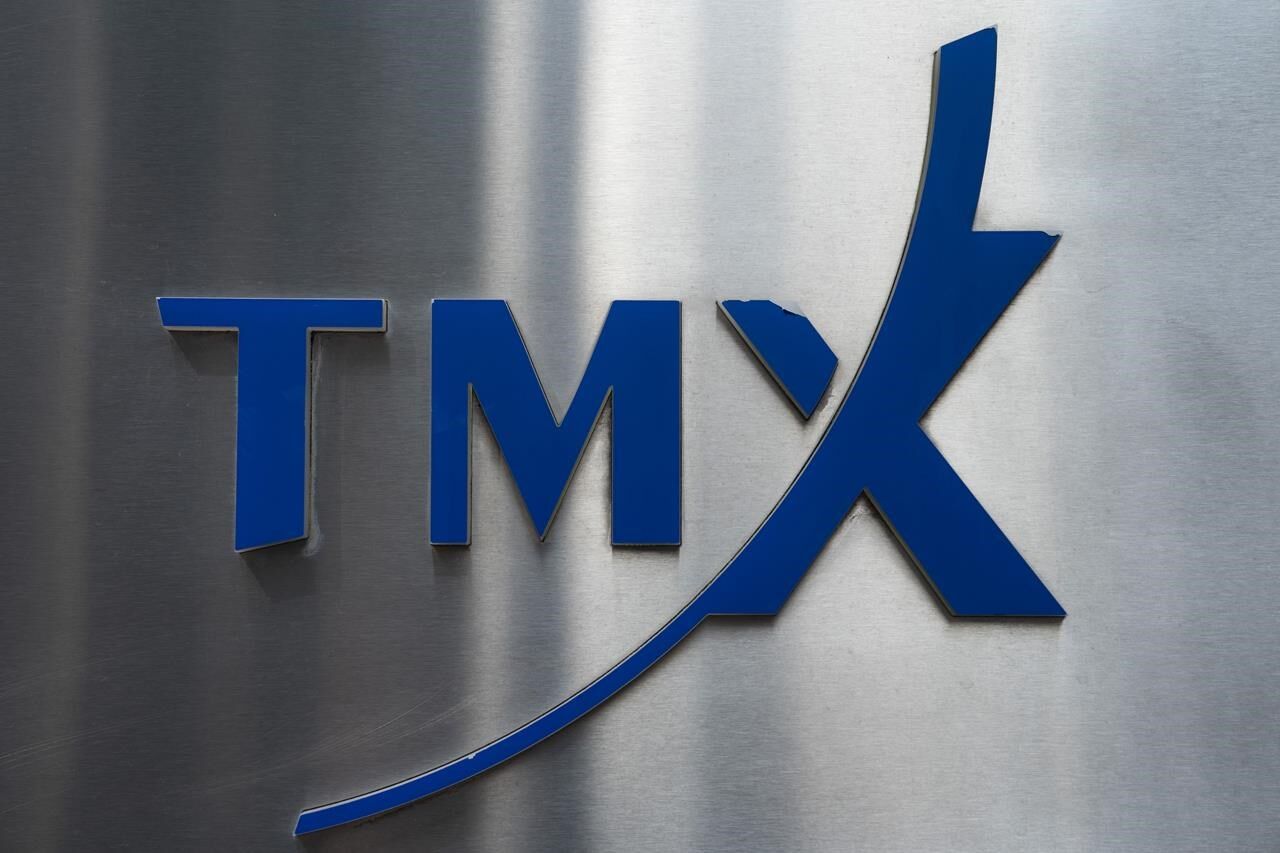
What Every Canadian Investor Should Know About Today's Market Dynamics
In today's rapidly shifting economic landscape, Canadian investors must stay informed about key developments impacting the financial markets. Recently, the Toronto Stock Exchange's S&P/TSX composite index experienced a decline, reflecting broader global market trends. This downturn, attributed primarily to falling energy stocks and underwhelming economic indicators, is a critical point of focus for those invested in the Canadian market.
As the day began, the S&P/TSX index opened lower, down by approximately 0.25%, settling at around 24,411.12. This decline is notable given that it coincides with a mixed performance from global equities, following a record-setting day on Wall Street. The Dow Jones Industrial Average and S&P 500 exhibited slight declines of 0.34% and 0.09%, respectively, while the Nasdaq Composite showed a marginal increase of 0.18%. However, the situation in Canada was notably different as energy stocks plummeted by about 4.5%, dragging the index down amidst a backdrop of waning oil prices.
Inflation data released recently adds another layer of complexity to the market narrative. Canada's annual inflation rate has dropped to 1.6%, a figure that not only fell short of the anticipated 1.8% but also undercuts the Bank of Canada's target of 2%. This unexpected decrease has led to a shift in market sentiment regarding future interest rate cuts. Investors are now adjusting their expectations, with a significant portion betting on a more aggressive 50-basis-point cut in the upcoming Bank of Canada policy meeting scheduled for October 23.
Also Read:- Drake's Playful Shade on KSI's 'Thick Of It' During Adin Ross Stream
- Charlie Puth Kicks Off His Asia Tour in Haikou, Setting the Stage for a Musical Extravaganza
The interplay of inflation rates and energy sector performance illustrates the challenges facing Canadian investors. Colin Cieszynski, chief market strategist at SIA Wealth Management, highlighted that Canada remains susceptible to declines associated with falling oil prices. He noted that while the inflation data may provide some support for rate cuts, the broader market often reacts to a mix of domestic and international economic indicators.
On the corporate front, earnings reports from major companies are in focus. A&W Revenue Royalties Income Fund's results are being scrutinized, while investors are also awaiting earnings announcements from significant U.S. banks such as Bank of America, Citigroup, and Goldman Sachs. These reports will undoubtedly influence market dynamics and investor confidence in the coming days.
In the commodities sector, the decline in oil prices has prompted traders to reassess their positions, with Brent crude futures falling by 4.3% and West Texas Intermediate futures down by 4.6%. This price adjustment comes amid reports suggesting that geopolitical tensions might ease, particularly concerning Israeli strikes on Iranian oil targets, which had previously contributed to heightened fears of supply disruptions.
Currency movements also reveal notable shifts. The Canadian dollar has weakened against the U.S. dollar, with the loonie trading in a range between 72.25 and 72.56 US cents. Over the past month, the Canadian dollar has depreciated by approximately 1.74%, adding another layer of concern for investors watching their portfolios.
As we look ahead, several economic indicators are on the radar, including Canada's wholesale trade figures and new motor vehicle sales. With expectations of a month-over-month decline in wholesale trade and a significant rise in vehicle sales, these metrics will provide further insights into the health of the Canadian economy.
In summary, Canadian investors face a complex and evolving market landscape marked by a declining TSX index, shifting inflation rates, and fluctuating energy prices. Staying informed and agile in response to these developments will be crucial for navigating the challenges and opportunities that lie ahead in the investment landscape.
Read More:

0 Comments